In some instances you may be restricted by the architecture of your window recesses and the type of windows you have in place. A professional surveyor will consider all the factors, including the more obvious ones such as the whether your window opens inwards or outwards and how far your window handles protrude from the window.
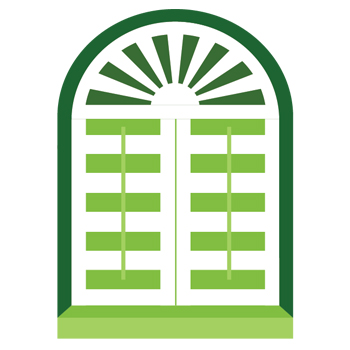
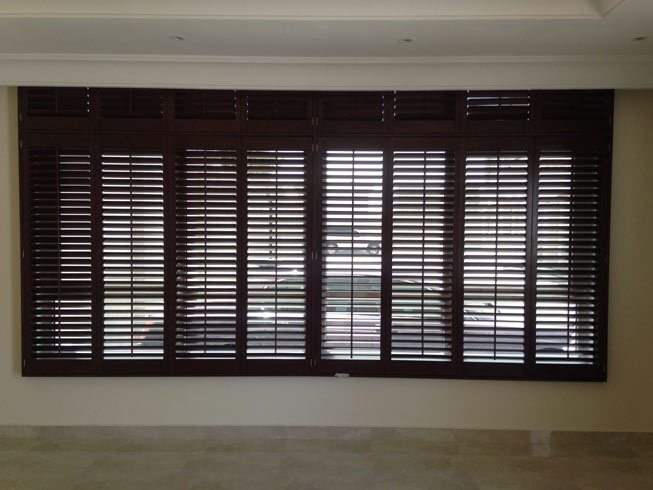
Frame Options
Your plantation shutters will be fitted in one of the three ways:
Inside Recess
This is possibly the most usual installation style. The shutter frame sits inside the hollow in your wall (the recess) and creates a frame surround. Plantation shutters are then situated within the frame and panels can be opened. However, they will not fold back flush against the wall. In our experience though, once you have window shutters fitted you will rarely open the panels, but just position the louvres to suit your mood.

Edge of Recess
Plantation shutters installed on the edge of the recess generally sit flush with the wall. You may sacrifice seeing your window sill but your shutters will look perfectly in place. The benefit of this installation style is the ability to fold the window shutters flush open against the walls, as long as there are no barriers such as furniture or architecture to prevent the shutters from operating as such. Frame options include a Z frame style which will provide an architectural architrave around the window

Outside Recess
If your window is flush with your wall, or there is too little depth of recess to place a shutter frame within it, then your plantation shutters will need to be installed outside the recess. This style looks equally stylish and again your window shutters will fold right back. Outside recess fits are also needed in most cases where windows open inwards.

Single Shutter Panel
This is exactly as it sounds, you have one single window shutter panel situated within the frame.

Bi-Fold Shutter Panels
When opened the two married plantation shutters fold at the hinged joint.
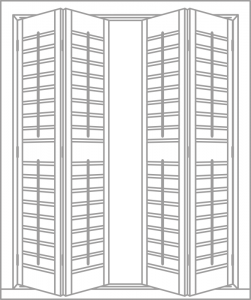
Multi-Fold Panels
Each section of panels will fold in a concertina action.
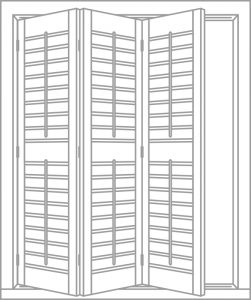
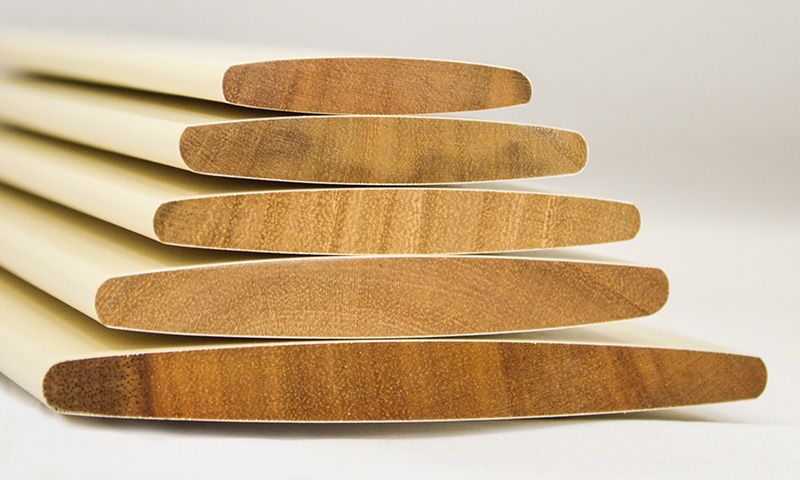
Louvre Sizes
The size of louvre you choose depends on your own personal choice, the suitability for the installation and the restrictions of the material you have selected.
Sizes available:
47mm, 63mm, 76mm, 89mm, 114mm
Tilt Rods
All shutters, unless you have opted for solid panels, require a mechanism to enable you to adjust the light.
The tilt rod is the bar that runs down either the centre or offset to the left or right of your shutter panels. It will be facing into the room and will only operate the louvre section it is attached to. For example, if you have opted for a privacy rail (mid-rail) then you will have a tilt rod fitted to each separated section of louvres.


Mid Rail
Adding a mid-rail can be a design choice to consider, as well as a practical inclusion for larger shutter installations.
Having a mid-rail allows you to tilt different sections of the shutter panel, meaning you can control the light to suit your taste. A mid-rail means that you can also keep the lower section closed, leaving the top open, providing privacy for the home when needed.
